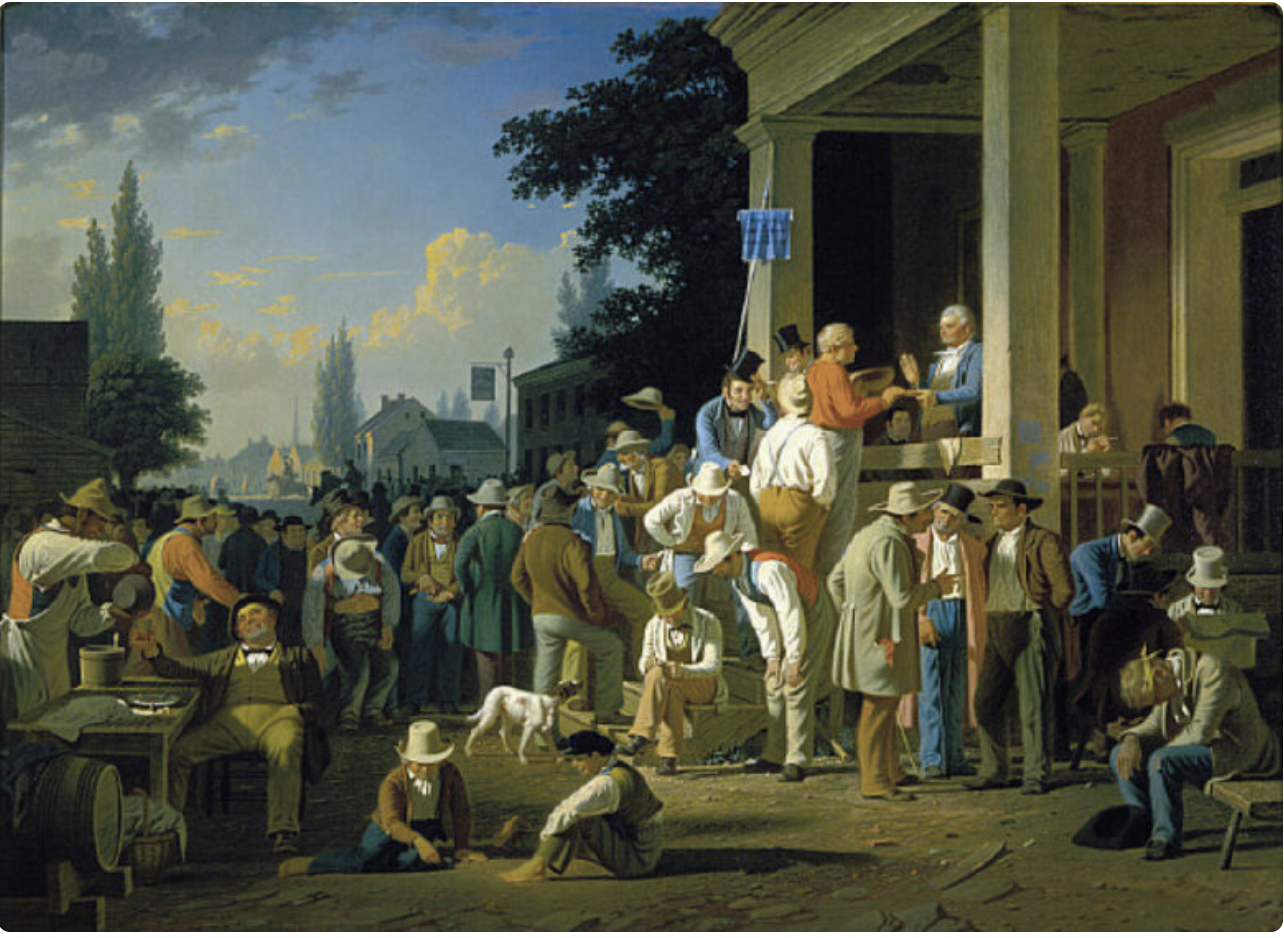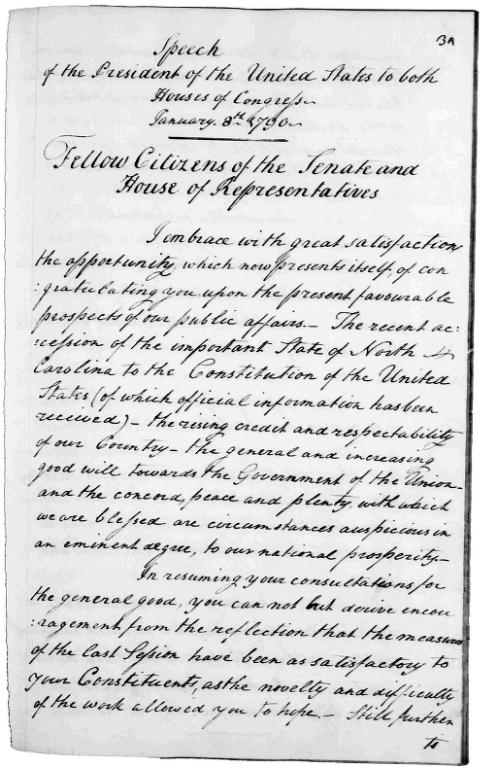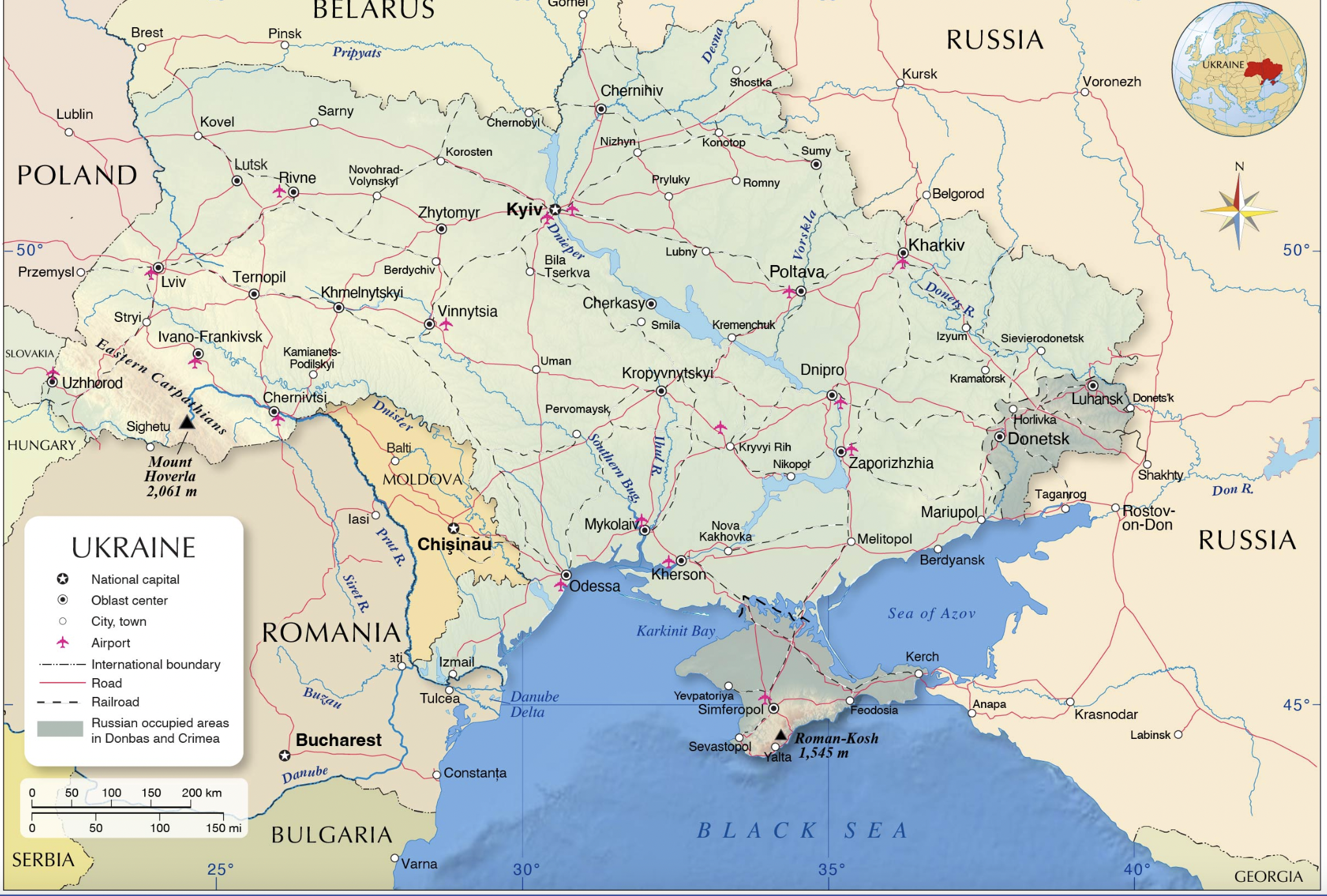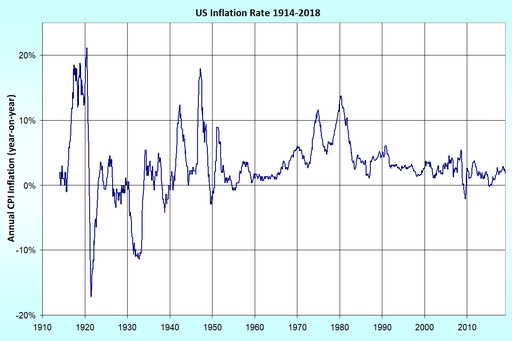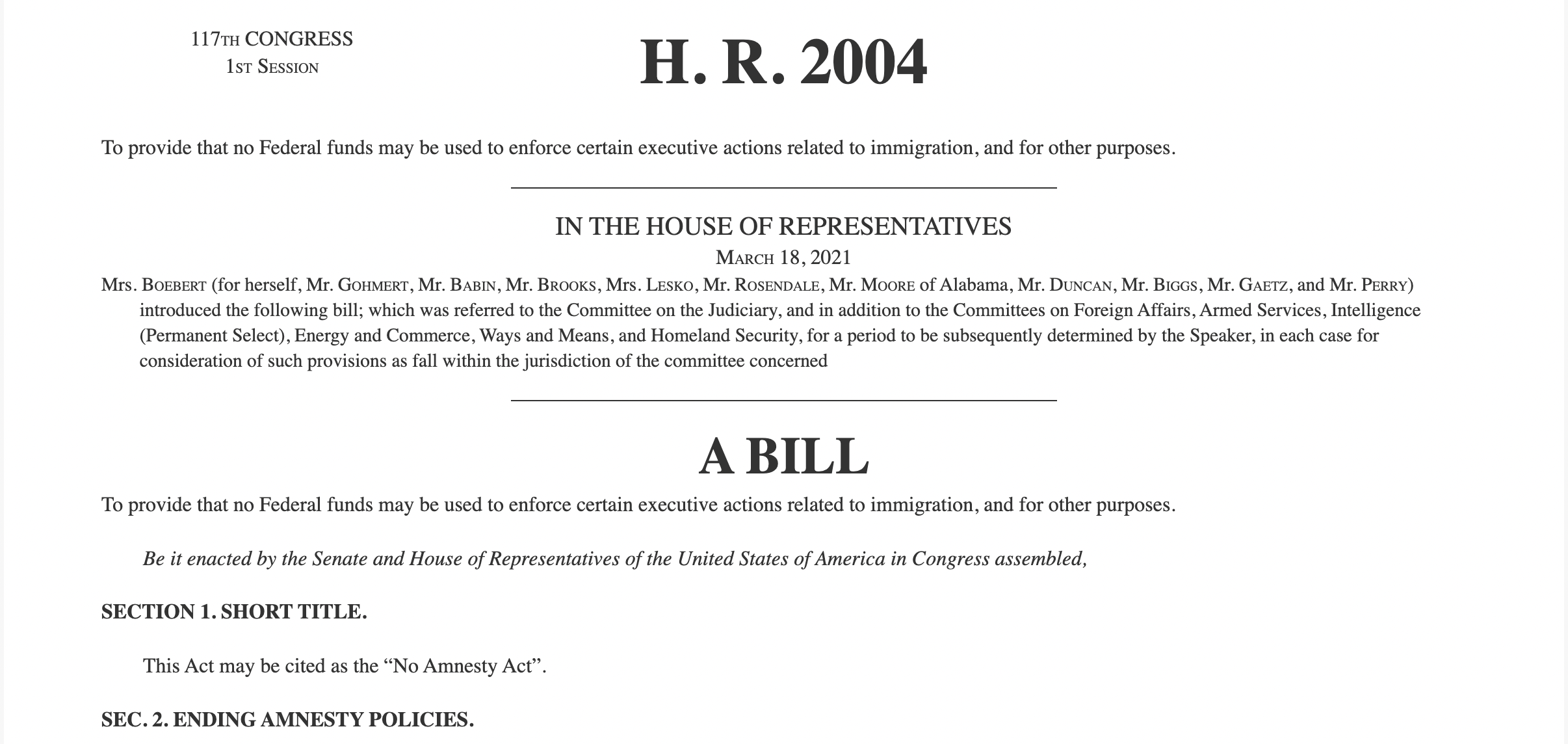
(Sh)Amnesty International’s Report on Israel: A Critique
On the 1st of February, Amnesty International, a human rights organization, released its report on Israel, which accuses Israel of practicing apartheid. Apartheid, which is a crime against humanity, can be defined as a “system of legalized racial segregation in which one racial group is deprived of political and civil rights.” The practice of apartheid is typically associated with South African policies of legal segregation toward its own non-whites inhabitants from 1948 to the early 1990s. The report, however, is filled with problems that lead toward a distorted factual and legal analysis. This article principally does four things: (1) it argues that Israel cannot be an apartheid state by the definition provided above, (2) it provides a non-exhaustive disputation of certain claims made in the report, (3) it displays the consequences of Amnesty’s standard of practicing apartheid if applied to other countries, and (4) it questions the inhumane remedies that Amnesty recommends the international community support and Israel adopt.

